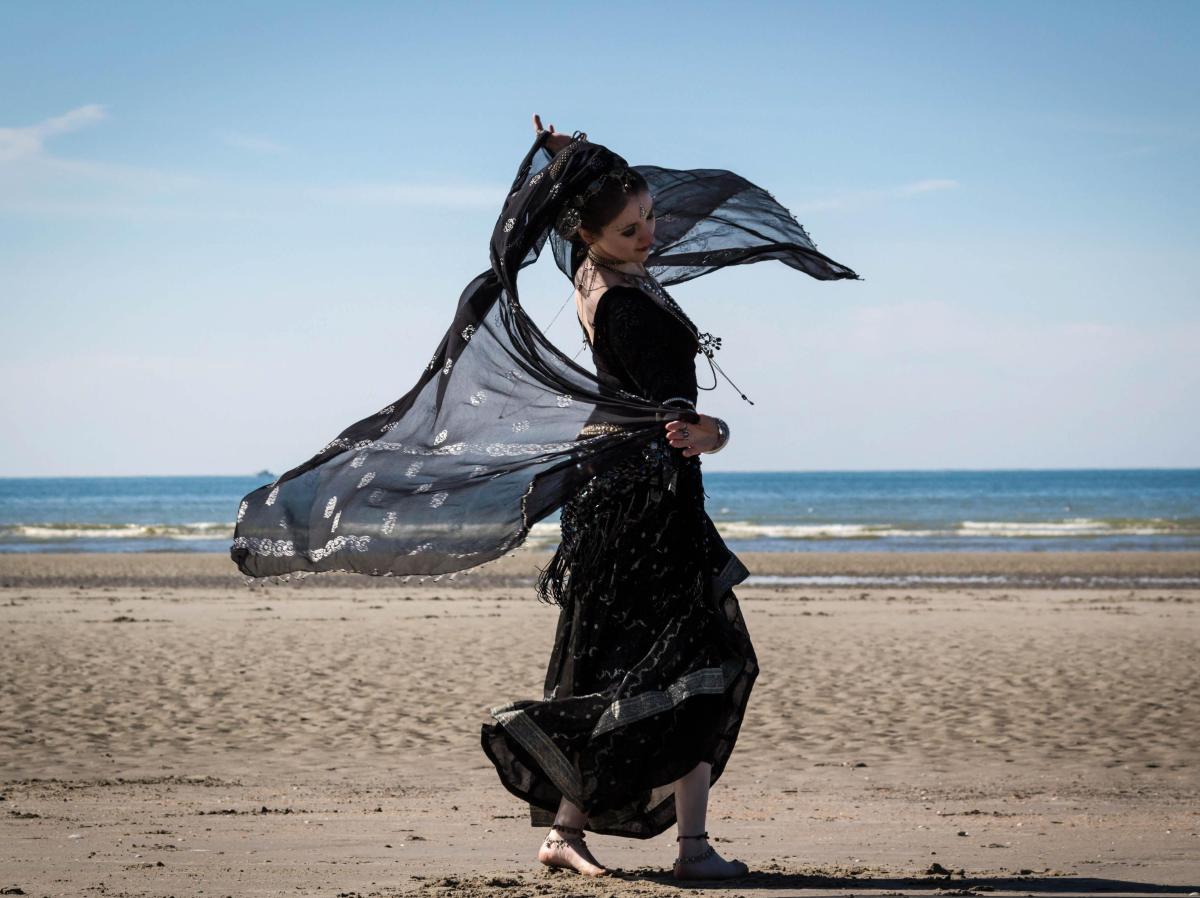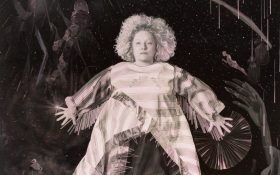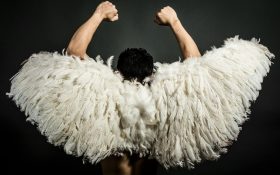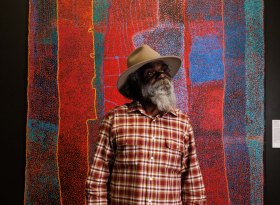Dance may have health benefits including in the treatment of Parkinson’s Disease and traumatic brain injury. Photo by Seb on Unsplash
Experts say Australia is in the midst of a loneliness epidemic and it represents a serious public health problem. In response, research and service delivery experts have joined forces and there have been calls in Australia to follow in the footsteps of the UK to create a Loneliness Portfolio. Another path recommended in the UK that Australia may follow is social prescribing, where GPs and allied health professionals refer clients on to non-clinical services and community groups – for example an art class, singing, drumming or dance class.
Before I retrained as a psychologist I co-directed a performing arts studio and entertainment agency. I feel privileged to have worked as a therapist and a dance teacher/performer. In all of these roles I have shared in people’s joy and sorrow, and I often reflect that some of my best therapeutic work happened before I retrained as a psychologist.
Music, dancing, art and story telling feature across all human cultures and have endured over human history. Their universality has made them the subject of much study and debate over whether they represent core human functions or if they are pleasant by-products of fundamental features of our evolutionary design.
Cognitive psychologist Steven Pinker famously dubbed music ‘auditory cheesecake’, insisting that music is nothing more than “an exquisite confection”, a by-product of language. Other theorists have given music greater significance in our evolutionary history. Darwin considered musical cries to be the precursors of articulate sounds and contemporary theorists Mithen and Brown similarly hypothesised an ancestral musical protolanguage. Such theories have emerged from the observation that music and language share common features such as use of pitch, rhythm, sound and syntax. Where language can impart semantic meaning, music communicates on an emotional level.
Music and dance as therapy
Singing activates a range of networks in the brain, including reward centres, and as such can be considered a form of natural therapy. In clinical settings, Melodic Intonation Therapy is used to rehabilitate people who have language impairment as a result of brain injury. The approach uses intact regions of the brain to exploit musical elements of speech – pitch and rhythm – to improve expressive language. The therapy emerged from the observation of people following brain injury, who had lost the ability to speak fluently, but preserved the ability to sing.
The way in which rhythm can synchronise movement has been studied both in terms of its social utility, but also therapeutically in its application to rehabilitation for motor disorders such as Parkinson’s disease, cerebral palsy and traumatic brain injury. Like the person who is no longer able to speak but retains the facility to sing, the observation of people with Parkinson’s disease happily dancing has compelled researchers to study what is happening at a neurological level.
Rhythm can synchronise movement (also known as rhythmic entrainment) not only for a single organism, but also for larger systems. It may be that group entrainment to rhythm and music serves as a way to facilitate learning, bonding and cooperation. Storytelling has similarly been credited with an evolutionary role in spreading social norms and improving social cohesion.
Never has social cohesion been a bigger priority, than in this age of growing diversity. While social norms may no longer be so easily defined in this climate, we still share universals. Music, dance, art and storytelling are such universals, even though the messages conveyed by them may vary.
At the end of the year I will be presenting at the Australian Society for Performing Arts Healthcare Conference about research I conducted last year into the wellbeing of artists of culturally and linguistically diverse (CALD) background in Australia. Among the themes that emerged most strongly was the capacity for the arts to be of benefit both to the practitioner and the communities in which the art is shared. One musician I interviewed articulated it simply, ‘It doesn’t matter if you’re from another country or if you speak a different language. When you play an instrument, when you play music, it makes you one.’ Unfortunately, many of the study participants reported barriers to participation as CALD artists. The importance of the work of Multicultural Arts Victoria in campaigning for diversity of cultural expression and advocating for CALD artists cannot be overstated.
Finally, the research suggested that wellbeing goes beyond just feeling happy. Wellbeing emerges when meaning is created from experiencing the whole spectrum of human emotion. Artistic expression is well placed to communicate this spectrum of emotion. I imagine that the person who can no longer speak fluently but finds they can still sing and the person who can no longer move fluidly but can still dance, feels free in that moment, despite the challenges they face in other facets of their life. The attempt to quantify and articulate the benefits of the arts, the main strength of which may be the ability to transcend rationality, is worthy, but at times seems absurd.
We live in a world where the experts are academics and clinicians, and arts and culture are so often considered decorative and superfluous. But while we look to the experts, we are inspired by the artists, writers, singers and dancers. Many people who engage in arts and culture intuit – without seeking an evidence base – that the arts and culture are a source of inspiration to armour us against life’s challenges and create new ways forward in community with others. For others who seek permission from the experts, social prescribing may be the shift that we need to remind ourselves that those experiences that make us uniquely human are therapeutic. Furthermore, along with the artists, writers, singers and dancers, we all have the knowledge and expertise at our own fingertips.
Trisnasari Fraser is establishing a group to forum to discuss stress management, healthy boundaries, and self-care strategies.





